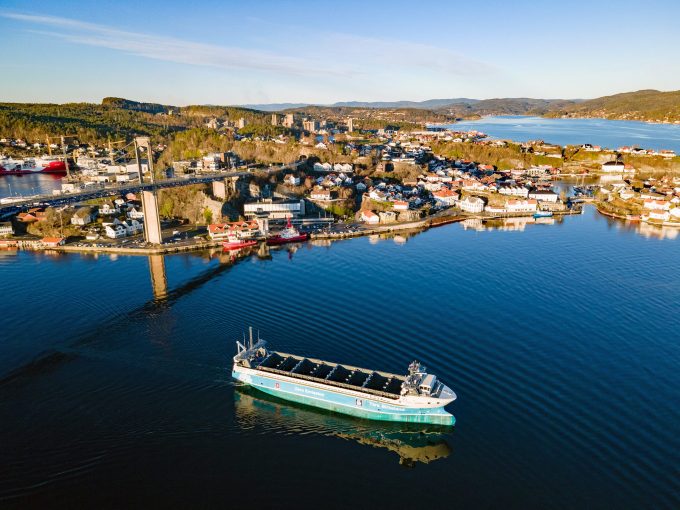
Yara Birkeland zero emission ship
PRESS RELEASE
Companies should use the latest climate science, derived from the IPCC, as guidance for their investment decisions instead of relying on the shifting political landscape at the IMO, shipping’s international regulator, that uses consensus-building approaches to make decisions and only raising ambition ...


Comment on this article